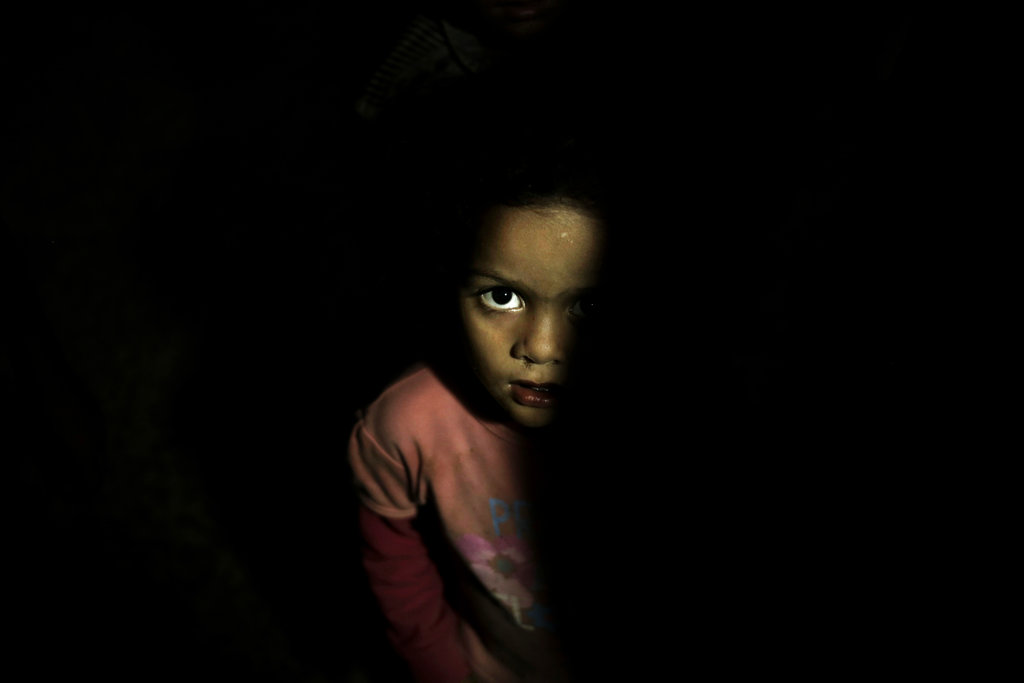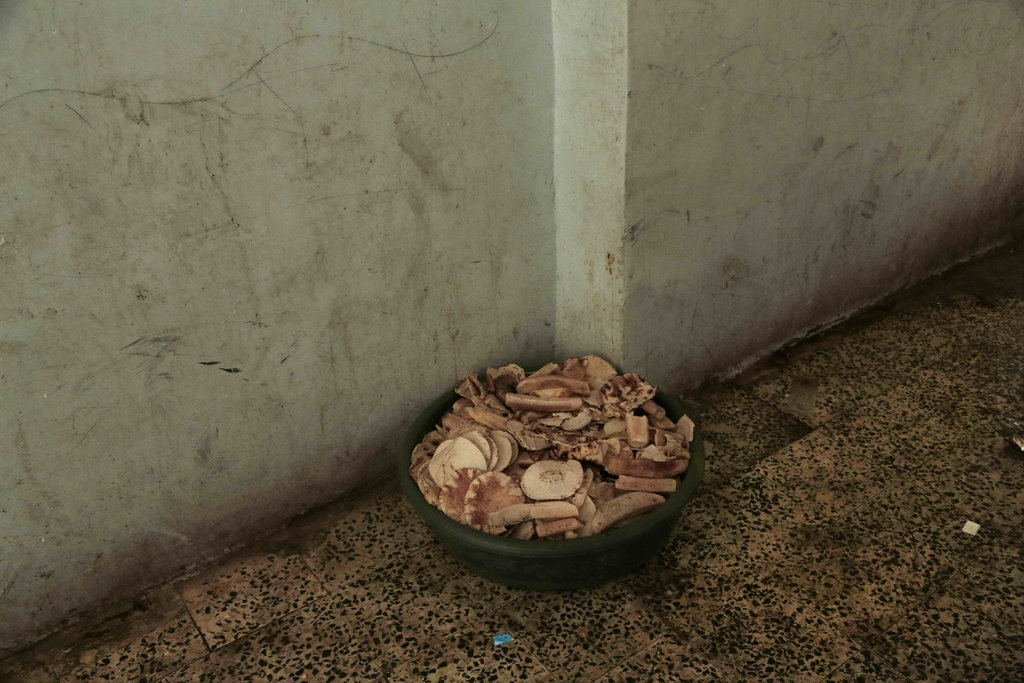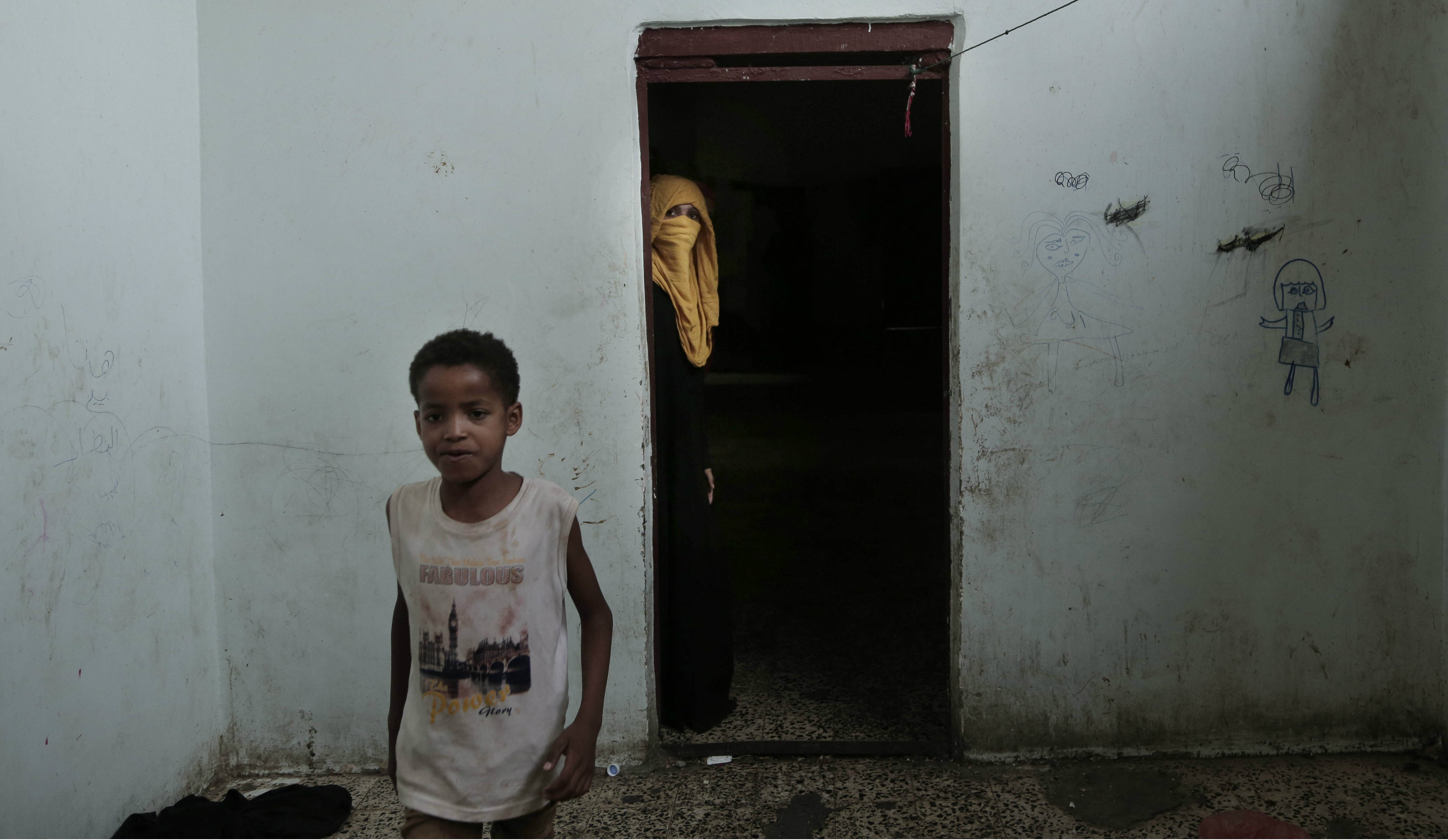Day after day Nabil al-Hakimi, a humanitarian official in Taiz, one of Yemen's largest cities, went to work feeling he had a "mountain" on his shoulders. Billions of dollars in food and other foreign aid was coming into his war-ravaged homeland, but millions of Yemenis were still living a step away from famine.
Reports of organisational disarray and out-and-out thievery streamed in to him this spring and summer from around Taiz — 5,000 sacks of rice doled out without record of where they'd gone . . . 705 food baskets looted from a welfare agency's warehouses . . . 110 sacks of grain pillaged from trucks trying to make their way through the craggy northern highlands overlooking the city.
Food donations, it was clear, were being snatched from the starving.
Documents reviewed by The Associated Press and interviews with al-Hakimi and other officials and aid workers show that thousands of families in Taiz are not getting international food aid intended for them — often because it has been seized by armed units that are allied with the Saudi-led, American-backed military coalition fighting in Yemen.

A child stands in a room at a shelter for displaced persons in Ibb, Yemen. Despite a massive international relief effort, more Yemenis are getting closer to outright starvation. Authorities on all sides of the conflict are impeding aid groups and increasing the risk of famine, said Geert Cappelaere, Mideast region director for UNICEF, adding, “This has nothing to do with nature ... All of this is man-made.” AP

A bucket filled with bread at a shelter for displaced persons in Ibb. AP’s investigation found that large amounts of international food aid is making into the country, but once there, the food often isn’t getting to people who need it most. Factions on all sides of the conflict have kept food from communities not in their favour, diverted it to front-line combat units or sold it for profit on the black market. AP

Sisters play in their room at a shelter for displaced persons in Ibb. Even with food aid that makes it into Yemen, 15.9 million of Yemen’s 29 million people aren’t getting enough to eat. They include 10.8 million who are in an “emergency” phase of food insecurity, roughly 5 million who are in a deeper “crisis” phase and 63,500 who are facing “catastrophe,” a synonym for famine. AP

A family at a shelter for displaced persons in Ibb. This year, the UN, the US, Saudi Arabia and others have poured more than $4 billion in food, shelter, medical and other aid into Yemen. That figure has been growing and is expected to keep climbing in 2019. Despite the surge in help, hunger — and in some pockets of the country, famine-level starvation — have continued to grow. AP

A woman sits with her baby inside a shelter for displaced persons in Ibb. Across Yemen, factions and militias on all sides of the conflict have blocked or slowed food aid from going to disfavoured constituencies, diverted it to front-line combat units or sold it for profit on the black market, according to public records and confidential documents obtained by the AP and interviews with more than 70 aid workers, government officials and average citizens from six different governorates. AP












